As the job market tightens and rail traffic climbs, Union Pacific and BNSF Railway are both continuing to offer incentives that they began in the spring in certain locations on their networks. Canadian Pacific is offering bonuses for qualified conductors.
UP is offering $25,000 hiring incentives for diesel locomotive electricians in North Platte, Neb., and Butler, Wis., and $15,000 for diesel mechanics in North Platte and diesel electricians in Chicago.
And for new conductors, UP is offering a $20,000 incentives in Cheyenne, Green River, and Rawlins, Wyo., Council Bluffs, Iowa, and North Platte. New conductors in Chicago and Des Moines and Boone, Iowa, are eligible for a $10,000 incentive.
Where the job market is not as tight — including Chickasha, Okla., and La Grande, Hinkle, and Portland, Ore. — UP is seeking new conductors but no hiring incentive is on the table.
UP says it’s recruiting heavily in areas where crews are in short supply. Last month the railroad told shippers the number of trains held for lack of crews rose sharply as summer vacation season began.
BNSF is offering up to $20,000 hiring incentives for diesel locomotive electricians and mechanics in Guernsey, Wyo., and Richmond, Calif., as well as for diesel mechanics in Alliance, Neb.
In Topeka, Kan., the BNSF incentive is $25,000 for diesel mechanics and electricians.
Canadian Pacific is taking a different approach: It’s offering a signing bonus for experienced conductors who are already qualified and therefore can enter service much more quickly than a green recruit.
Experienced conductors in Western Canada are eligible for a $15,000 bonus, while experienced conductors at multiple locations in the U.S. are eligible for a $10,000 bonus.
U.S. locations include Chicago; Kansas City, Mo.; Saratoga Springs, N.Y.; Minot and Enderlin, N.D.; Davenport, Marquette, and Mason City, Iowa; Waseca, Thief River Falls, and St. Paul, Minn.
“CP is working to proactively deal with high attrition rates and hiring in key locations across the network,” Canadian Pacific representative Jeremy Berry says. “CP offers competitive pay and benefits so employees can enjoy a rewarding work-life balance and a lifetime of passion for railroading.”
In order to take advantage of the hiring incentives, new railroad employees generally must pass company training programs, work for anywhere from a year to three years in the same location before receiving all of the incentive cash. Details vary by railroad.
The other three big systems — Canadian National, CSX Transportation, and Norfolk Southern — are hiring but are not offering incentives.
For details and job openings, see the careers pages of the respective railroad websites.





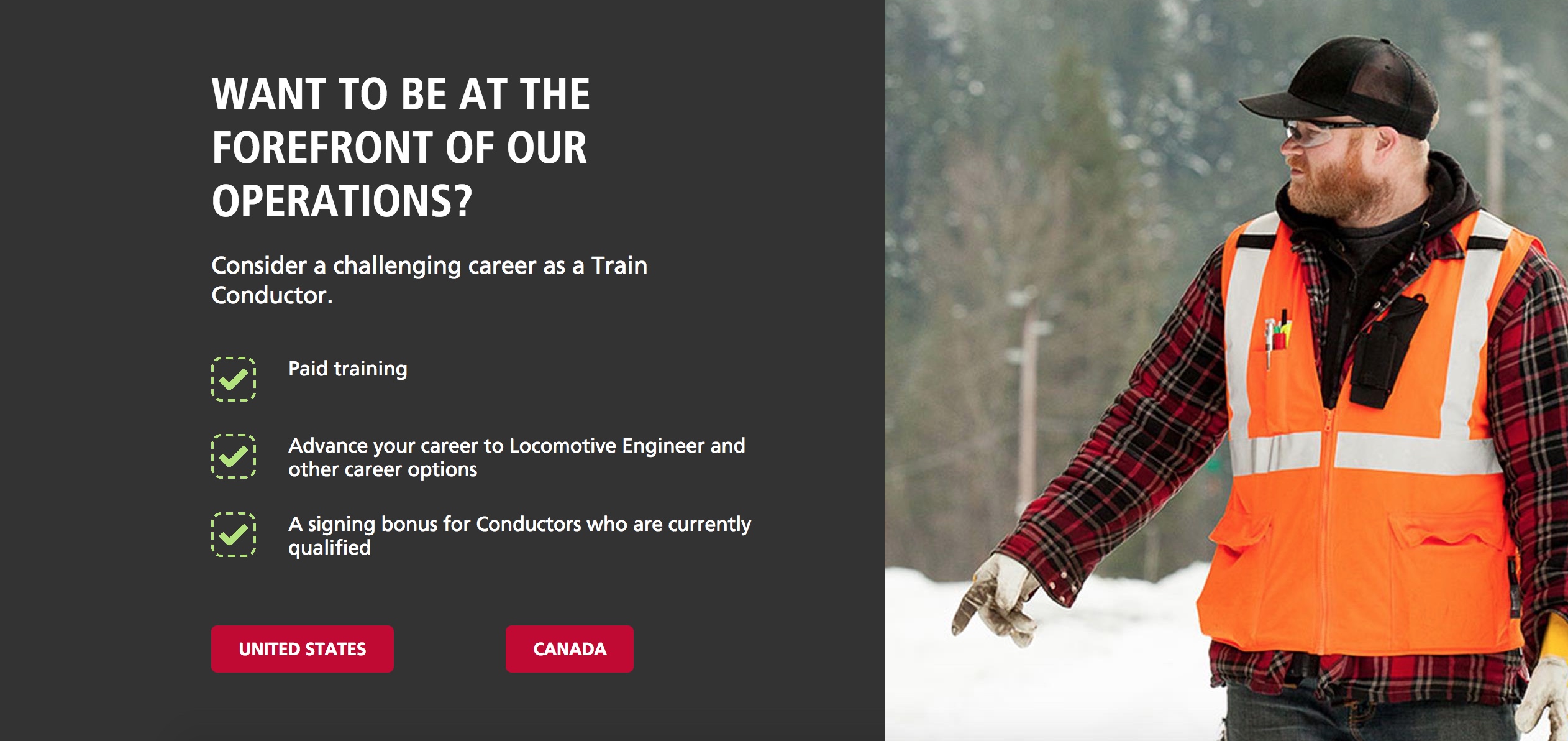
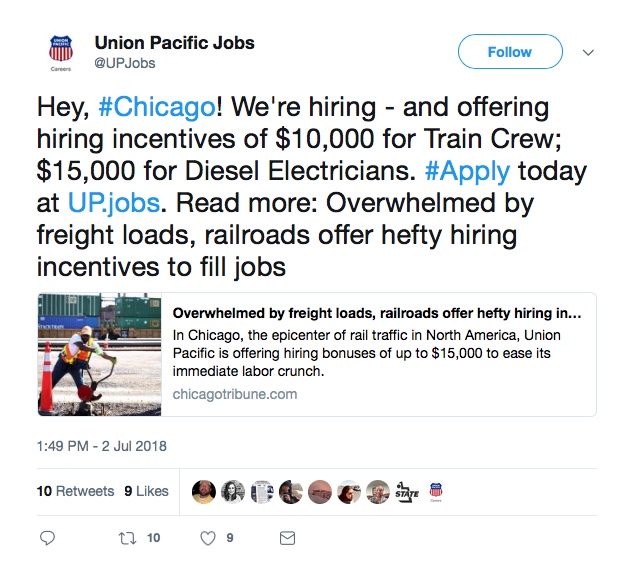

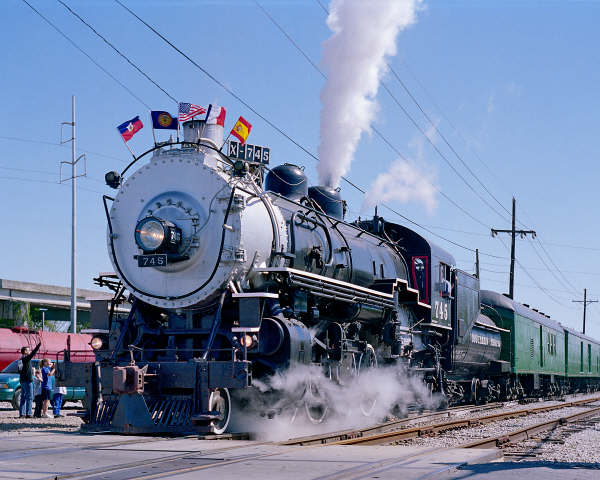
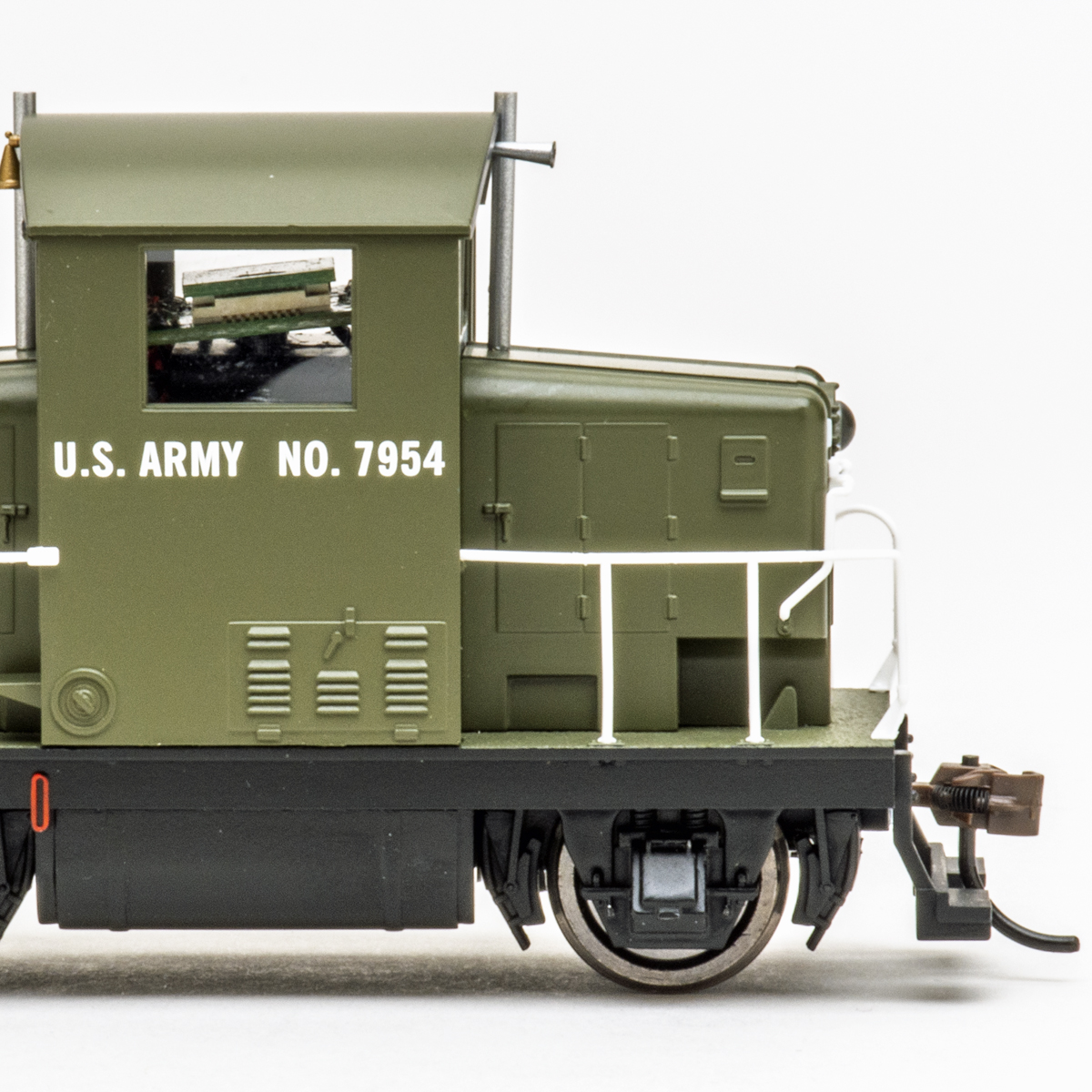
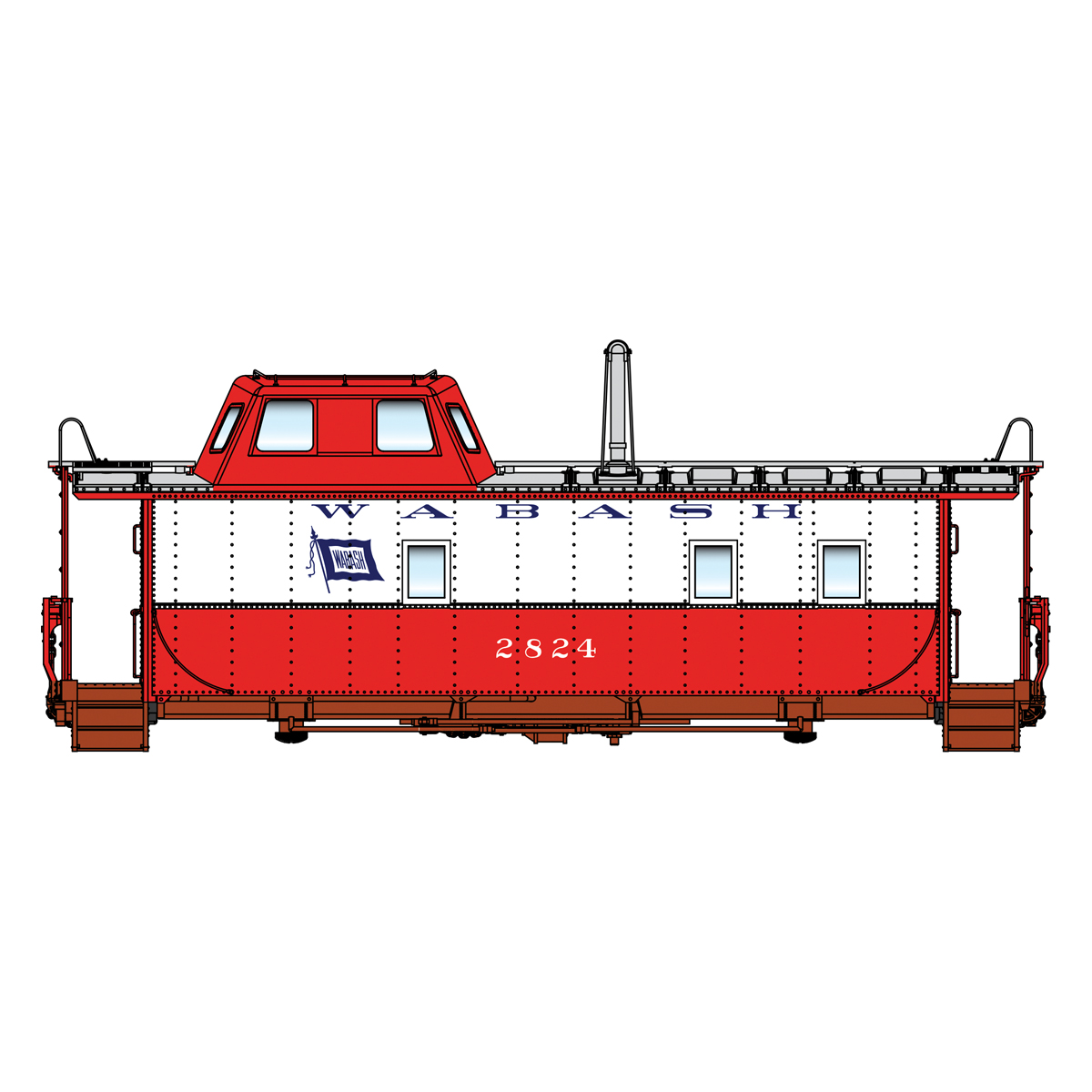
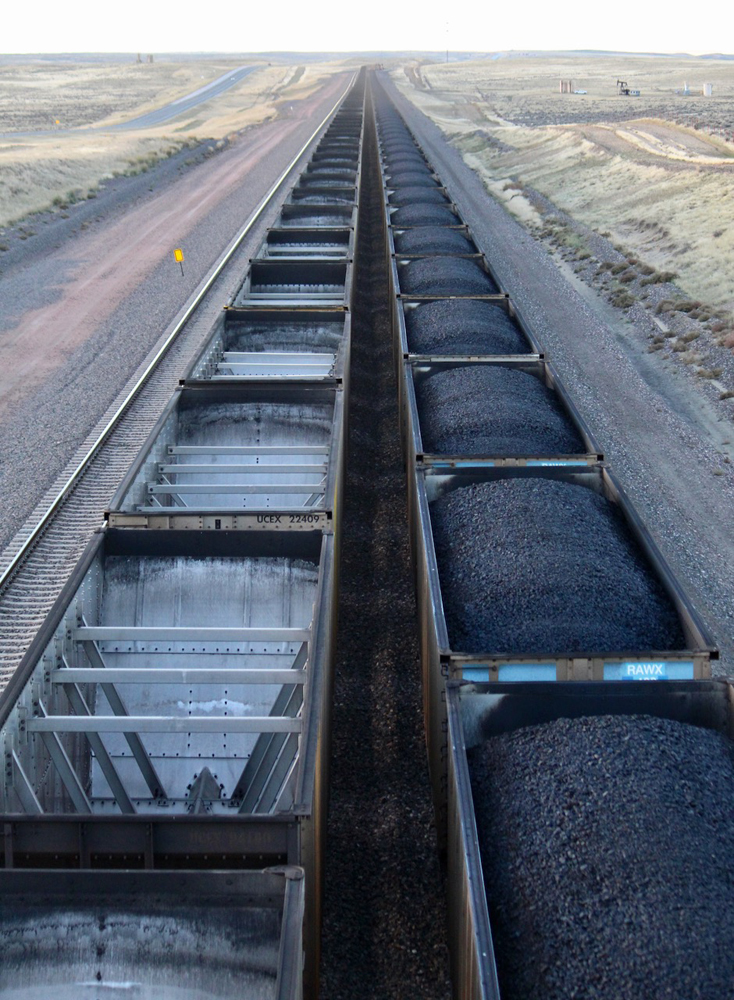




Trying to attract today’s younger generation and millenials to work for a railroad is a tough sell. Most young people don’t want to work in an industry that don’t hold the interest or glamour of years past or of older generations. Many years ago kids growing up wanted to work for the railroad or as little boys to have the thrill and excitement of being an engineer. Not today. Today’s kids growing up only vaguely know what a train is or what the railroad does. The railroad as a whole has lost its glamour, importance and social awareness in today’s society Throw in the uncertain economic times and conditions that we are living in along with stiff and severe competition that railroads face from other modes of transportation and shippers, is it any wonder that railroads are forced to furlough or lay off workers in order that they themselves as a business can turn a profit or survive.
Many a person including young people who love trains and railroading and who would love to work for a railroad and follow their childhood dreams still have to live, pay bills raise a family and eat and will have to take other jobs on a intermin basis while they wait for the railroad they filed that application waits to call them that a job is open. Of course no gurantee that it will pan out or even become that lifelong career job they wanted and waited for. In the meantime they will find other jobs and they just might like that instead. Like any other business or profession, there are uncertanies, no gurantees or lifetime assurances that it will work out for new employees or
trainees on a railroad. However, if the railroad industry wants to improve their product, their business and make themselves a force in today’s market driven world, they are missing the beat and opportunity by letting a promising new generation and future generations of talent and skills go by and not make a career in railroading a promising and respectable profession to work in. A new generation of young people raised on technology and digital skill and scientific breakthroughs can really make a difference in modernizing and bringing the railroads into a modern and bright future.Not only in running trains but also in the executive office and sales and marketing offices as well.The railroad indusrty can and will only survive and grow by making it attractive and respectable and socially acceptable to our young generation of today and for future generations to come,
Charles, I have seen and heard of people getting furloughed right out of new hire class. And the railroads tell them, “Well when business picks back up you will be back so just hang in there. We spent all of this money to train you.” only to find that, as mentioned below, many of these individuals quit other jobs to come to the railroad or possibly relocated. It’s no wonder many don’t come back. They have, as also mentioned below, bills to pay and mouths to feed.
A buddy of mine on the CN said when they tried to call back 60 furloughed guys a year or so back (some of who were laid off right out of class), about 50 of them said no friggin way. They had all gone to work at other ralroads or took different jobs altogether.
In another article here from a couple of days ago, one commenter said he “as an investor” was concerned about the crew shortages” and hoped they would be fixed soon. Well Mr. Investor, when the business slips a little or the OR goes up a tenth of a percent, the stock price slips a dollar, or the earnings drop a little, what happens? The investors scream and the industry in response, cuts, slashes, and burns to give all three a boost. And personnel are one of the places where cuts are made.
And when they get furloughed Mr. Investor, what are they supposed to do, sit on their hands and wait?
I think there are other factors at work as well as to why the industry is having a hard time getting people. Throw into the mix the people retiring, and it really doesn’t surprise me there is a shortage.
As far as part of the reason for the shortage being an increase in traffic because of a trucker shortage?
I would rather hear that there is an increase due to the industry providing a better service. The industry has been through this before. And when the traffic returns to the highway, then what??
Also, given the recent artiles in here where a couple of the companies said the technology is there to replace us, and one said he could replace us with robots, what is the incentive for someone new to even pursue a career in this field, or even recommend it to someone?
I’ll add something else to John’s comment. Regardless of how much the railroads offer, like he stated about other jobs outside of railroading, if a person gets a job offer that offers similar pay, without having to wonder what shift they’ll be running, then people will jump at those types of jobs. On top of that, on average, it usually takes about 4-5 years for someone to fully get acquainted with the lifestyle of railroading. Yet, the downside is that’s when a downturn has occurred, thus the lower ranks in seniority are the first to go. So, it’s like a dog chasing its tail in the long term.
Before the founding United Auto Workers president Walter P. Reuther (great freeway named after him) died in 1970, he proposed a “guaranteed annual income” for auto workers who were subject to seasonal layoffs. No one thought this would happen but it did: the SUB – Supplemental Unemployment Benefit. I don’t know the details – if the workers have to pay into a fund, etc., please don’t ask because I don’t know. But it is a flywheel against seasonal unemployment. It’s not meant for insurance against long-term business slumps such as the railroad workers know about. A signing bonus (this article) is the rough equivalent of a guaranteed income for a term on two to three years (analogous to the employment contract a management employee would sign). It’s a two-way street: the railroad owes the worker, in effect, a term of employment. For his/ her part, the worker owes the company a commitment to stay around for a while, or else be penalized by returning a portion of the signing bonus. Professional athletes of any promise get very high signing bonuses, even if their skills don’t work out and they are let go. A railroad worker means more to my life than an NFL starting quarterback.
John Sutherland – Exactly on point! How many times has the scenario you describe been played out? Anybody who has seen it once ought to know where it will end up, a la the movie “Groundhog Day.” The same factors are at work, just different chumps being played on the hiring end.
this is Charles thanks for all your thoughtful comments
Charles: The railroads are not thinking about layoffs, but rather how to get the employees for the trains they want to run today. When you operate quarter to quarter you only think about now, not tomorrow. And in all too many companies the lower ranks are now considered expendable commodities rather than valuable assets and real people.
They had those employees, probably spent a lot of money to train them, and as soon as traffic took a dip – out the door to cut expenses in the name of the scared operating ratio. Most of those furloughed are smart enough to not want to rejoin that vicious cycle and found more stable employment with better working conditions. So now the railroads are spending lots of money in signing bonuses and training as a result of short term cost-cutting.
Charles, what railroad experience do you have? Being in the industry for 24 years now and seeing what it going on, including these “signing bonuses”, I would tend so side more with Sam on this one. I dont see him as implying that it is “free money” to quote you. I am figuring he meant that this article seems to make it seem like the railroad is the one that is going to throw cash at people to come to work in the industry, given the headline, and that just isn’t so. I have several thoughts on why they are having such a hard time recruiting people but seeing as every railroad seems to a have a social media police dept now I can’t type half the stuff I want to for fear it would be taken the wrong way.
SAM – Glass is half empty? The RRs wouldn’t be scrambling for employees if they were thinking ’bout layoffs. Also a claw-back is perfectly legit if the employee leaves for another opportunity. Yup, you’re right, the devil is in the details. Free money does come with some conditions.
“…Let me see the money…” Might be the more appropriate catch phrase. Like many things, these these days, the devil is in the details. From a couple of sources, I hear that the brand-new, employee is given the admonition that because of their new-hire status, they ARE SUBJECT to a possible LAY-Off When business or traffic warrants the practice; The Hiring Bonus is subject to certain constraints, governed by hours worked, and because of that, the employee might be subject to ‘a claw-back’ of some of the Hiring Bonus; due to a lack of time on the job, before the lay-off(?) The railroads can give, and the railroad can take back? One might want to ‘vette’ very closely, that ‘new relationship, before the first ‘dance’.